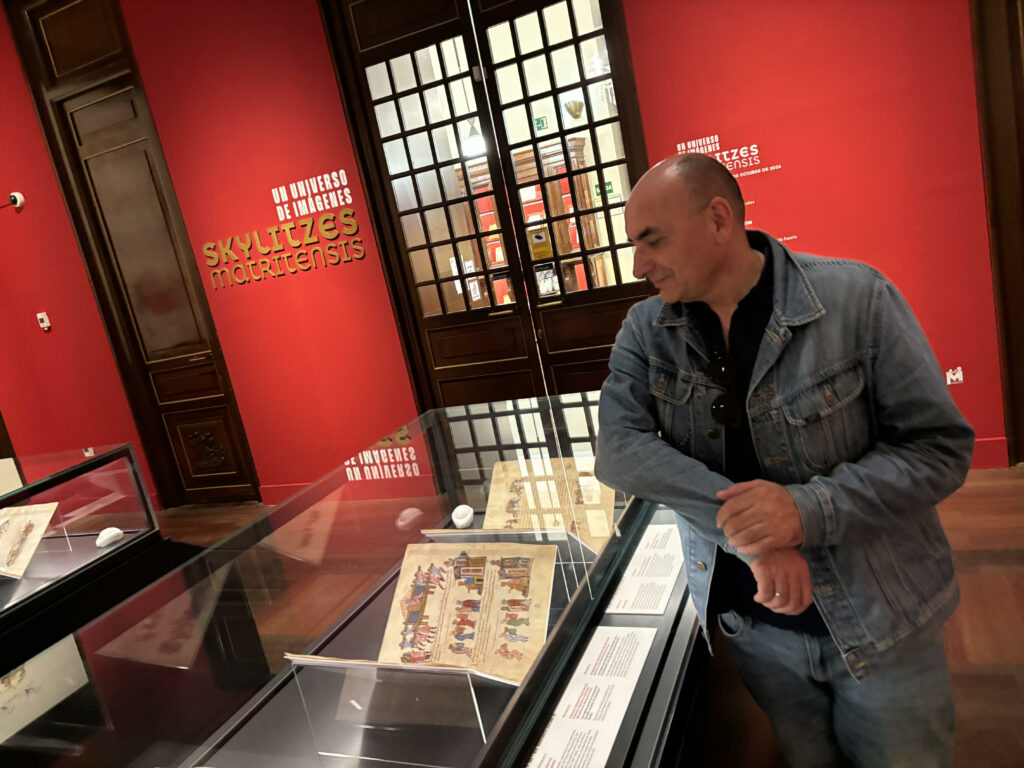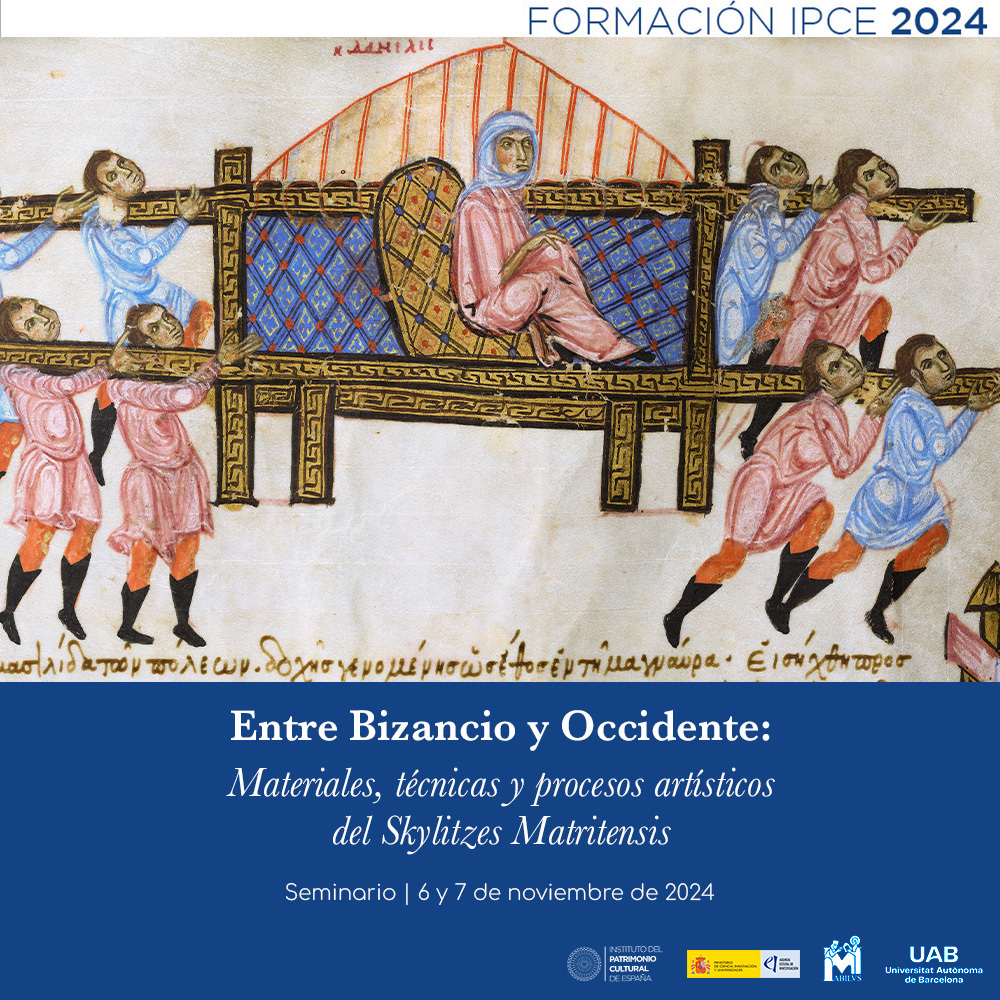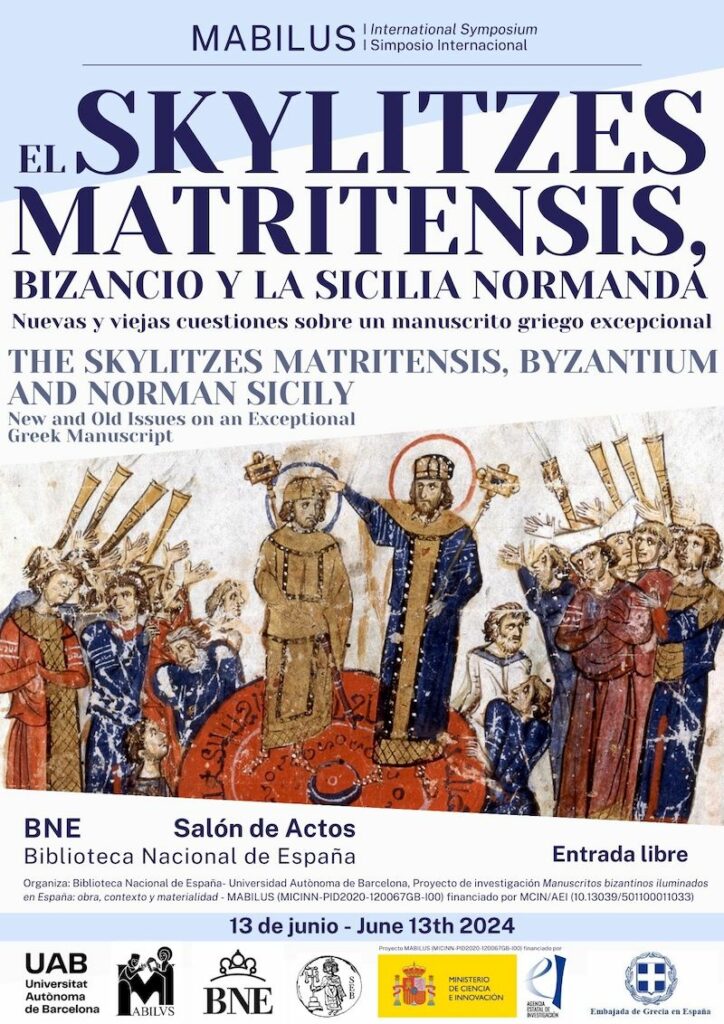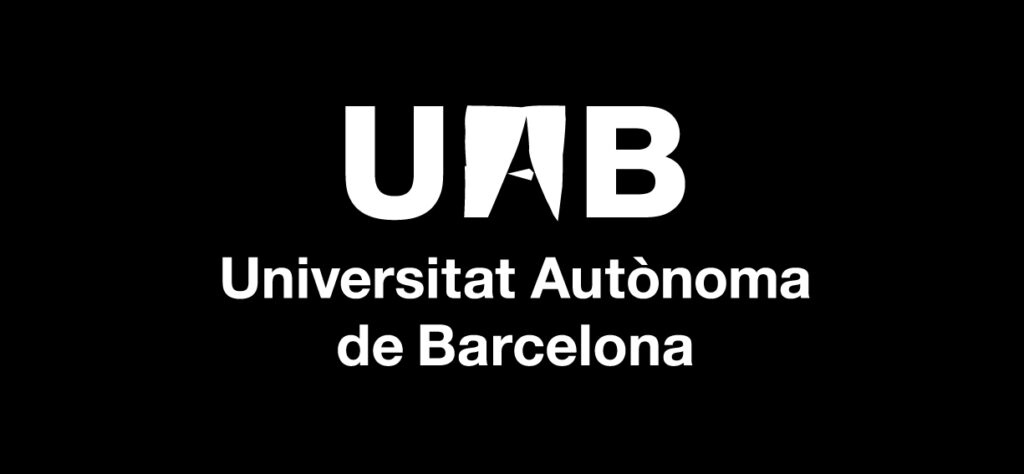Skylitzes matritensis
The research project Byzantine illuminated manuscripts in Spain: work, context and materiality – MABILUS (PID2020-120067GB-I00), funded by the Ministry of Science and Innovation, has as its main objective to carry out a novel and pioneering study on the Skylitzes matritensis (BN, Vitr 26-2), in close collaboration with the Instituto del Patrimonio Cultural de España (IPCE), and the Biblioteca Nacional de Madrid. It is one of the most historically and artistically valuable illuminated codices in the rich manuscript collection of the Biblioteca Nacional de España. Its international fame derives from the fact that it is the oldest surviving example of an illustrated Byzantine chronicle – the Synopsis Historiarum by John Escilitzes (ca. 1070-1080), and that its extensive illustrative apparatus – consisting of 574 miniatures – is an unrivalled testimony to Byzantine civilization and one of its most precious examples of profane art.
The understanding of how the codex (233 parchment folios, 35.5 x 27 cm) was produced in Sicily has always been a challenge for scholars. Firstly, it is a historical narrative account of the vicissitudes of the Byzantine emperors between 851 and 1057, which was mainly of interest to the Constantinopolitan imperial power and which was composed when Byzantium had already definitively lost control of the island, conquered first by the Muslims and then by the Normans. Secondly, the text was copied in Norman Sicily in the 12th century, probably at two different times, and is one of the few surviving examples of a historical codex copied in that part of the Mediterranean. Thirdly, the codex contains a lavish illustration which was undertook by seven painters belonging to different artistic and cultural backgrounds, Byzantine and non-Byzantine.
Although numerous researchers, among them the most prestigious Spanish Byzantinists such as Sebastián Cirac Estopañán or North Americans such as Ihor Ševčenko, scholars of the Greek codices such as José María Fernández-Pomar, Nigel Wilson, Boris L. Fonkic, Santo Lucà and Maria Bianca Foti, and art historians of various nationalities such as André Grabar, Christopher Walker, Vasiliki Tsamakda and Elena N. Boeck – have studied the codex in its various aspects,the date and place of its production remain a matter of debate. It has been suggested that the copy was commissioned in the last third of the 12th century form a Greek-Sicilan patrician to the copyist monks of the Basilian monastery at Salvador in Lingua Fari in Messina, where the manuscript was located in the 15th century. It was brought from this Italian city by Don Francisco Mendoza Pacheco, 4th Duke of Uceda (1687-1696), whose library was seized by Philip V to become part of the Royal Library, later the National Library, in 1712. However, some researchers favour the production of the codex in the mid-12th century in Palermo, in the palatine environment of the Norman kings Roger II (1105-1154) or William I (1154-1166). There is no agreement on its dating either, as the style of its miniatures is very varied, and some of them are very similar to the art of the island around 1200.
For this reason, the manuscript will be subjected to a systematic analysis of the parchments, pigments, binders and colouring agents of the manuscript at the Spanish Cultural Heritage Institute (IPCE) using laboratory techniques. This will include multispectral imaging, infrared reflectography, macro-photography, optical and electron microscopy, as well as the necessary sampling. This will provide a better understanding of the genesis of this codex, the possible place of production and training of its miniaturists, the artistic exchanges and influences between East and West, the importance of trading networks, as well as certain aspects of multiculturalism and the transfer of knowledge in the Mediterranean. In addition, this study will provide data for the future proper restoration of the manuscript and the possible improvement of its conservation conditions.
NEWS

Pròrroga de la Exposición: “Un universo de imágenes: el Skylitzes Matritensis”
La Biblioteca Nacional de España ha prorrogado la exposición “Un universo de imágenes: el Skylitzes Matritensis” hasta el 9 de noviembre, lo que coincide con la celebración del seminario “Entre Bizancio y Occidente: materiales, técnicas y procesos artísticos del Skylitzes Matritensis” que tendrá lugar los días 6 y 7 de noviembre de 2024 en el auditorio Jorge Semprún del Ministerio de Cultura.

Seminario: Entre Bizancio y Occidente, Madrid, 6 y 7 de noviembre
El próximo 6 y 7 de noviembre nuestro proyecto de investigación MABILUS, junto al IPCE, organiza en Madrid, en el Auditorio Jorge Semprún (Ministerio de Cultura). Calle San Marcos 40, un seminario internacional titulado: Entre Bizancio y Occidente: materiales, técnicas y procesos artísticos del Skylitzes Matritensis

International Symposium: Skylitzes Matritensis – BNE, 2024, June 13th
A one-day international conference on the Skylitzes Matritensis will be held at the National Library of Spain, Madrid, on June 13th, 2024. THE SKYLITZES MATRITENSIS,BYZANTIUM AND NORMAN SICILY: New and Old Issues on an Exceptional Greek Manuscript



